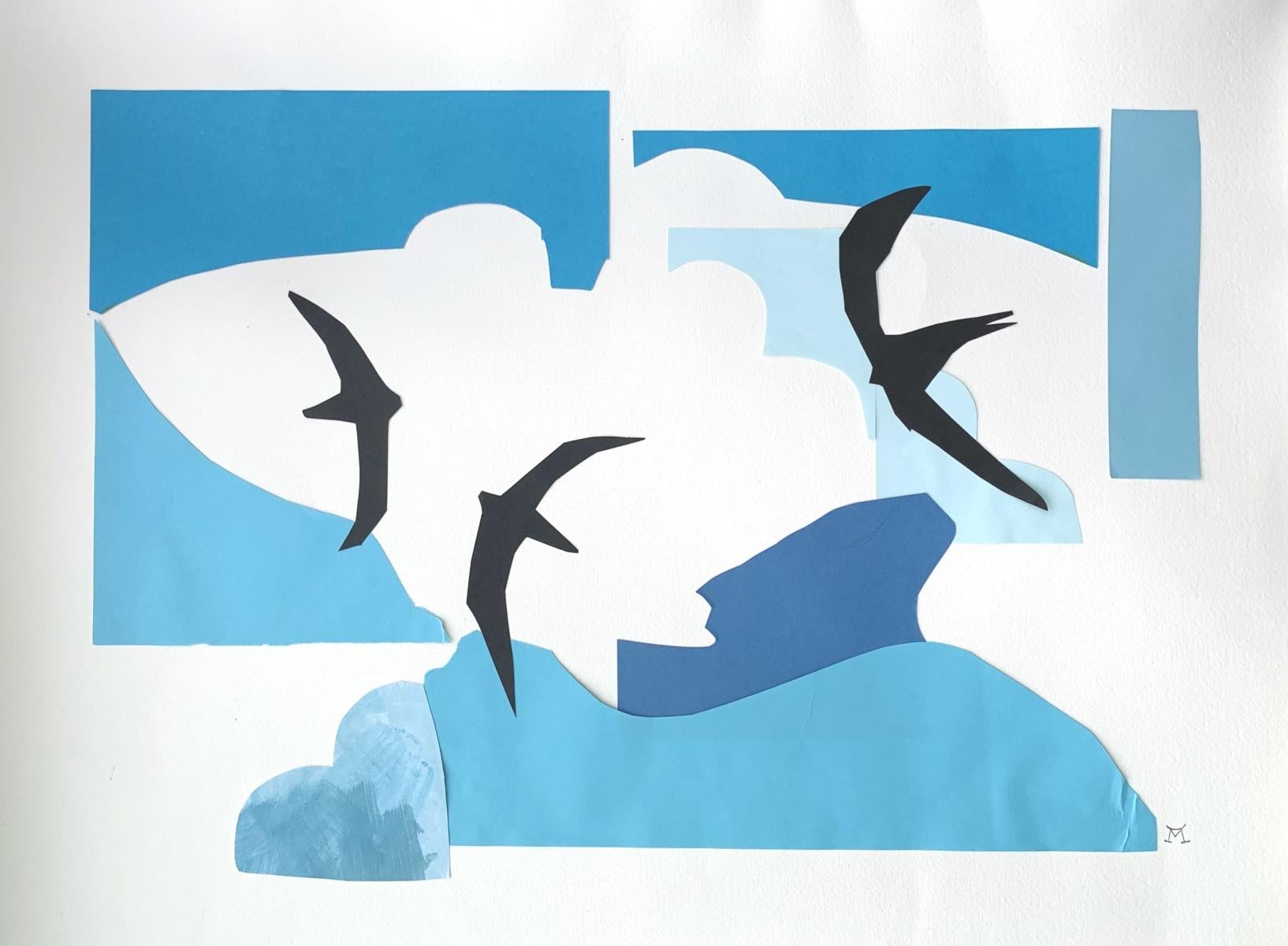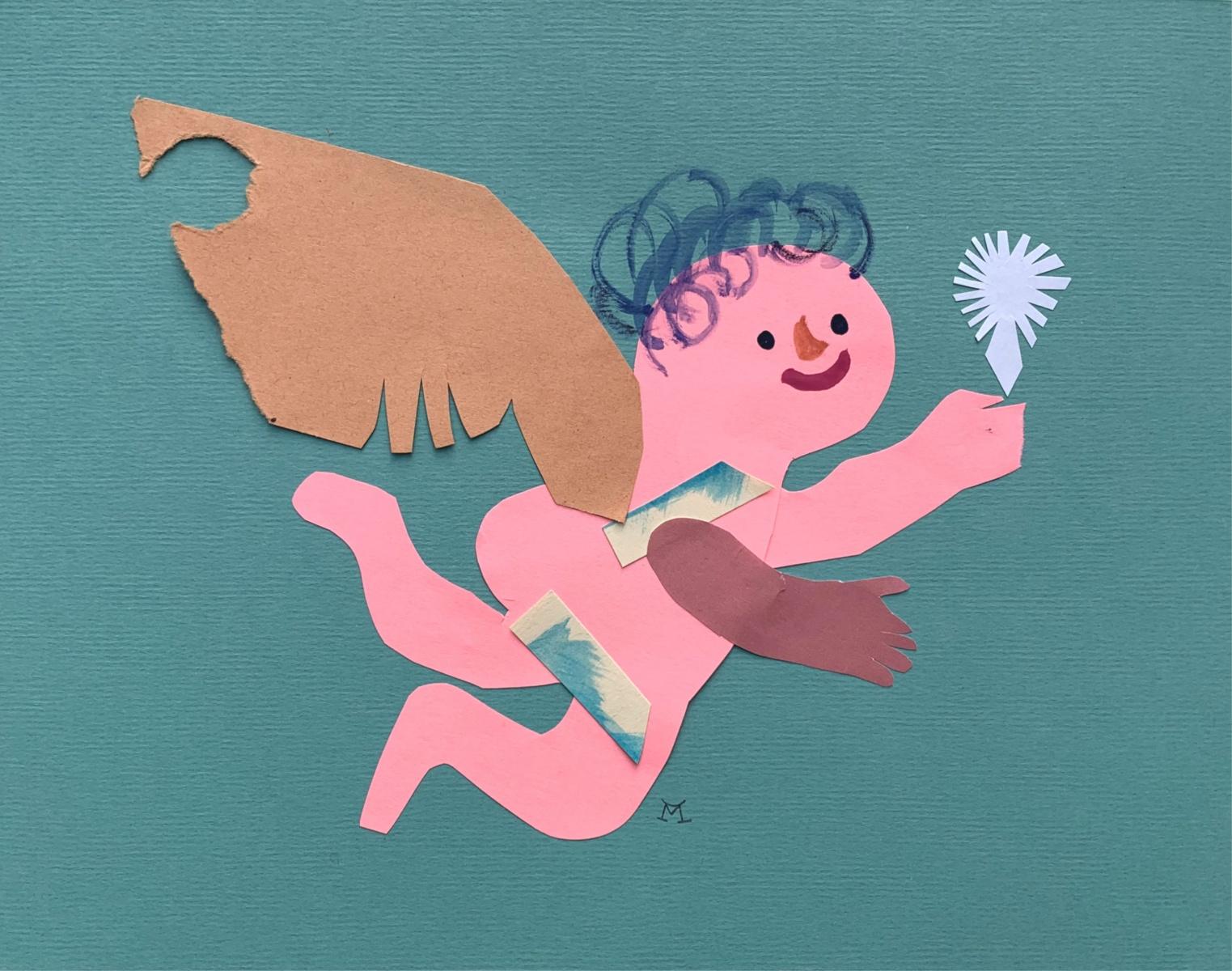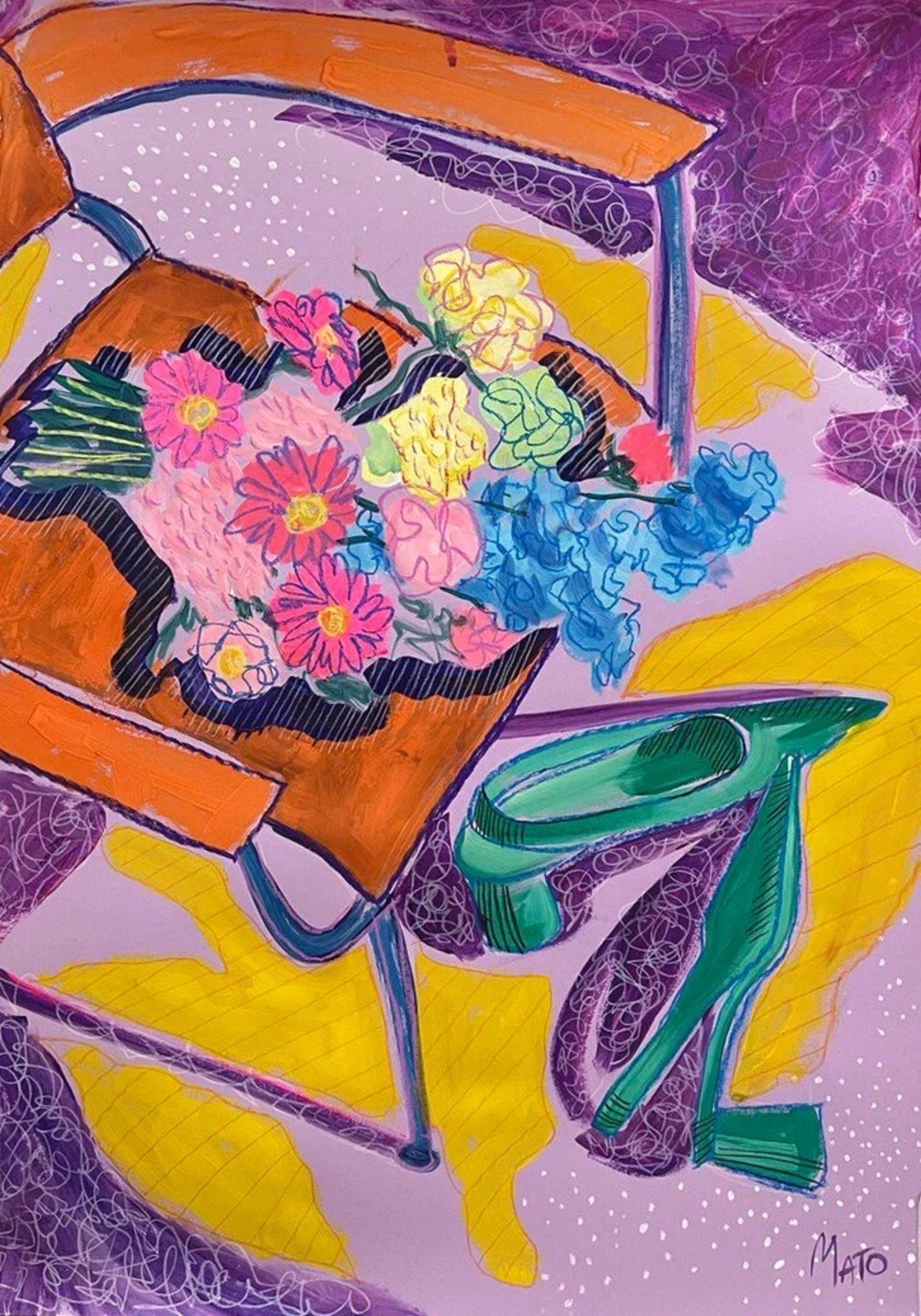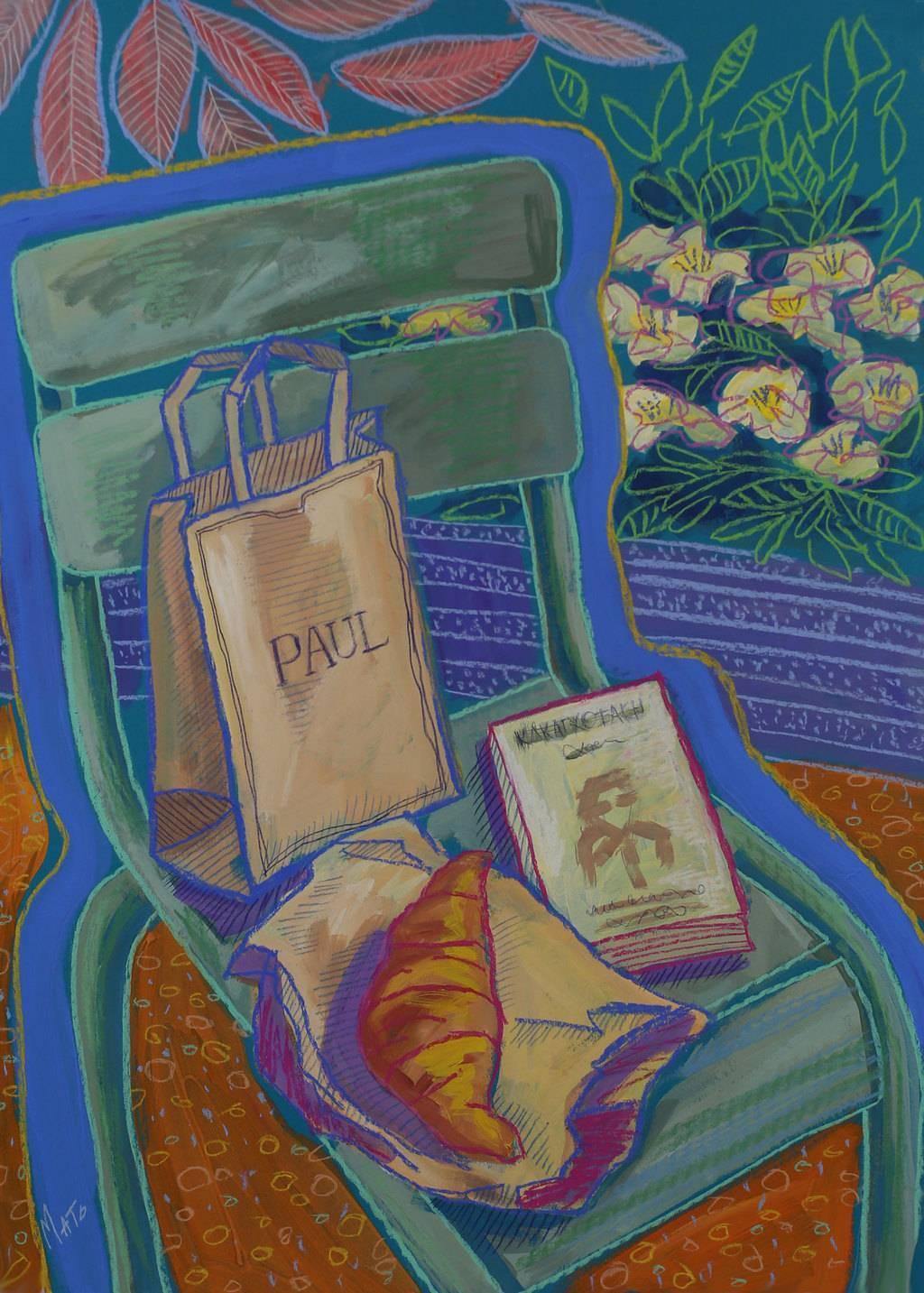Items Similar to Interiers Francais Presentes Par Jean Badovici, Architecte
Want more images or videos?
Request additional images or videos from the seller
1 of 21
UnknownInteriers Francais Presentes Par Jean Badovici, Architecte1925
1925
About the Item
Editions Albert Morance
1925
11" x 9 3/8"
Lacking plate 8, 26, 30 & 36
Jean Badovici (6 January 1893 – 17 August 1956) was a French architect and architecture critic of Romanian origin, active in Paris.
Jean Badovici gained reputation not for constructing buildings but for analyzing and supporting avantgarde architecture. He was an influential critic and mentor of international modern architecture in France since he began editing the magazine L'architecture Vivante in 1923. He convinced the publisher Albert Morancé of the importance for such an avantgarde magazine which ran from 1923 till 1933. L’Architecture Vivante became immediately an influential mouthpiece of the International style (Bauhaus, Constructivism, De Stijl). Le Corbusier - a friend of Badovici - for instance became one of the architects whose ideals were frequently discussed in this magazine. Badovici cultivated relations to European avantgarde magazines like Wendingen (Netherlands) and Cahiers d’Art (France, founded in 1926) of his friend Christian Zervos.
Regularly each issue of L’Architecture Vivante presented a number of architects and their works but there were also some very few dealing with just one artist (Le Corbusier, Pierre Jeanneret and in 1929 Eileen Gray and her home E-1027).
In his ‘Intérieurs Français’ (French Interiors), Jean Badovici reproduced 40 interiors by some of the leading designers of his day. Although the hand-colored impressions may seem a little strange at first sight, his illustrations form important records about modern interior design in 1920s France. They show us the authentic combinations of furniture, textures and colors as they were brought together by the designers and home owners, in a way that would be difficult, if not impossible to reconfigure from our own modern perspective. This interior of an upstairs landing is a good example. It is dominated by the wallpaper of Atelier Martine of ca. 1912. Founded by Paul Poiret (French, Paris 1879-1944 Paris) in 1911, Atelier Martine produced many similarly heavily patterned wallpapers and fabrics, which were very popular during the Art Deco period. The combination with the yellow staircase and the turquoise upholstery give the interior an intensity which seems worlds apart from the contemporary, basic interiors created not so far away by the architect Le Corbusier (French (born Switzerland), La Chaux-de-Fonds 1887–1965 Roquebrune-Cap-Martin).
- Creation Year:1925
- Dimensions:Height: 11 in (27.94 cm)Width: 9.38 in (23.83 cm)
- Medium:
- Period:
- Condition:
- Gallery Location:Bristol, CT
- Reference Number:
About the Seller
4.7
Vetted Seller
These experienced sellers undergo a comprehensive evaluation by our team of in-house experts.
Established in 2000
1stDibs seller since 2019
98 sales on 1stDibs
Typical response time: 1 hour
- ShippingRetrieving quote...Ships From: Bristol, CT
- Return PolicyThis item cannot be returned.
More From This SellerView All
- "The All-Seeing Eye" Watercolor & Gouache w/ Beveled Mirror FrameLocated in Bristol, CTFabulous watercolour & gouache "The All-Seeing Eye' featuring colourful swirling cartouches surrounding a triangular eye replete w/ an elaborate beveled mirror panel frame Art Sz: 1...Category
20th Century Drawings and Watercolor Paintings
MaterialsPaper, Gouache
- "Freddie" Thomas The First Rider To Win The New Jersey Hunt Cup TwiceLocated in Bristol, CTQuickens The Pace At The 25th Fence And Goes On To Win 1931 Inscribed LL: Merry Christmas and a lot of winning rides in 1932 To Roberta and "Freddie" from the Paul Browns Mixed Me...Category
20th Century Drawings and Watercolor Paintings
MaterialsPaper, Watercolor, Gouache, Mixed Media
- "Gin Fizz" Original c1930s Gouache Artwork by Jim McDonoughLocated in Bristol, CTCocktail artwork featuring an African American waitress serving a "Gin Fizz" in a nightclub c1930s Art Sz: 14"H x 12"W Frame Sz: 15 3/4"H x 13 3/4"W in a shadowbox frame w/ Bakel...Category
1930s More Art
MaterialsResin, Gouache, Board
- "Zombie Cocktail" Original c1930s Gouache Artwork by Jim McDonoughLocated in Bristol, CTc1930s gouache shadowbox depicting a voodoo kettle brewer concocting a Zombie cocktail signed Jim McDonough (LR) in a gilt bamboo frame Art Sz: 9 1/8"H ...Category
1930s More Art
MaterialsGouache
- Jock: The King's Pony w/ Original Cover Artwork by Paul BrownLocated in Bristol, CTA book by Rowland Johns. 1st Edition E.P. Dutton And Company, Inc. 1936 [60] pp. 8.75" x 6.5" x 0.5" Artwork 10.5"H x 7.75"W Frontispiece "I Shall Be Waiting"Category
1930s Figurative Drawings and Watercolors
MaterialsGouache, Watercolor
- "Forbra w/ Gerald Hardy Up-Valentines 2nd Time Grand National '34 Watercolor"Located in Bristol, CTBROWN, Paul Inscribed (LR in pencil): Merry Christmas to Whit Love Dad '39 You'll never put him down by getting his knees in it. He puts in too big a leap but a safe one- and loses time Art Sz: 11 3/4"H x 17 3/4"W Frame Sz: 21"H x 26 1/2"W Provenance: The Estate of Paul Brown Long Island Forbra was a National Hunt racehorse best known for being the winner of the 1932 Grand National steeplechase when relatively unconsidered at 50/1. Prior to his victory in 1932, Forbra beat Golden Miller in a race where 'The Miller' was disqualified for carrying the wrong weight. The gelding had originally been aimed at another race at the meeting, but was switched to the National after winning a race at Taunton Racecourse. He started at odds of 50/1 in a field of thirty-six runners and won by three lengths from Egremont. Forbra subsequently finished sixth in the race in 1933 and fourth in 1934 and never fell during his racing career. He was put down in 1935 after a race at Newbury, having broken a fetlock between the final two fences. Forbra's owner, Mr William (Billie) Parsonage, was a well-known commission agent based in Ludlow, Shropshire, and had previously attempted to win the National with a number of staying chasers. The best known of these was Master Billie, who had been greatly fancied and heavily backed in 1929. Forbra was the first Grand National winner to emerge from the famous Kinnersley stables near Worcester, where in later years Fred Rimell, son of Forbra's trainer Tom Rimell, became a champion trainer, winning more Nationals and almost all the major NH events of his time. Forbra is honoured each year with the Forbra Gold Challenge Cup, a Handicap Chase over three miles...Category
20th Century Drawings and Watercolor Paintings
MaterialsGouache, Watercolor
You May Also Like
- Swifts - Papercut & gouache artwork, Colorful Animal, Fairy tale, FigurativeBy Marianna OklejakLocated in Warsaw, PLMARIANNA OKLEJAK (b. 1981) – Polish illustrator and graphic designer. Author of children books. Graduated from Academy of Fine Arts in Warsaw in 2006....Category
2010s Contemporary More Art
MaterialsPaper, Gouache
- A little star. Papercut & gouache artwork, Fairy tale, Figurative, Polish artistBy Marianna OklejakLocated in Warsaw, PLFairy tale like artwork on paper depicting a little angel by Polish artist Marianna Oklejak. The cheerful cherub is holding a little bright shining star. Artwork is made out of paper...Category
2010s Contemporary More Art
MaterialsPaper, Gouache
- Still life , 65x50cmBy Aleksandra MatoLocated in Yerevan, AMStill lifeCategory
2010s Contemporary Figurative Paintings
MaterialsPaper, Pastel, Gouache
- Rainbow, 70x50cmBy Aleksandra MatoLocated in Yerevan, AMRainbow 70x50 cmCategory
2010s Contemporary Paintings
MaterialsPaper, Pastel, Gouache
- Green shoes, 70x50cmBy Aleksandra MatoLocated in Yerevan, AMGreen shoes 70x50 cmCategory
2010s Contemporary Paintings
MaterialsPaper, Pastel, Gouache
- Luxembourg garden, 70x50cmBy Aleksandra MatoLocated in Yerevan, AMLuxembourg garden 70x50 cmCategory
2010s Contemporary Paintings
MaterialsPaper, Pastel, Gouache
Recently Viewed
View AllMore Ways To Browse
Antique Present
Modern Antique Interior Design
Albert Morance
Staircase Art
Constructivism Art
Art Deco Francais
Art Deco Record
Eileen Gray Used
Little Albert
Antique French Wallpaper Antiques
Antique French Wallpaper
Turquoise Upholstery
Jean Pierre Jeanneret
Antique Wallpaper Designs
Turquoise Plates French
Number 8 Turquoise
Pierre August
Cap Martin



